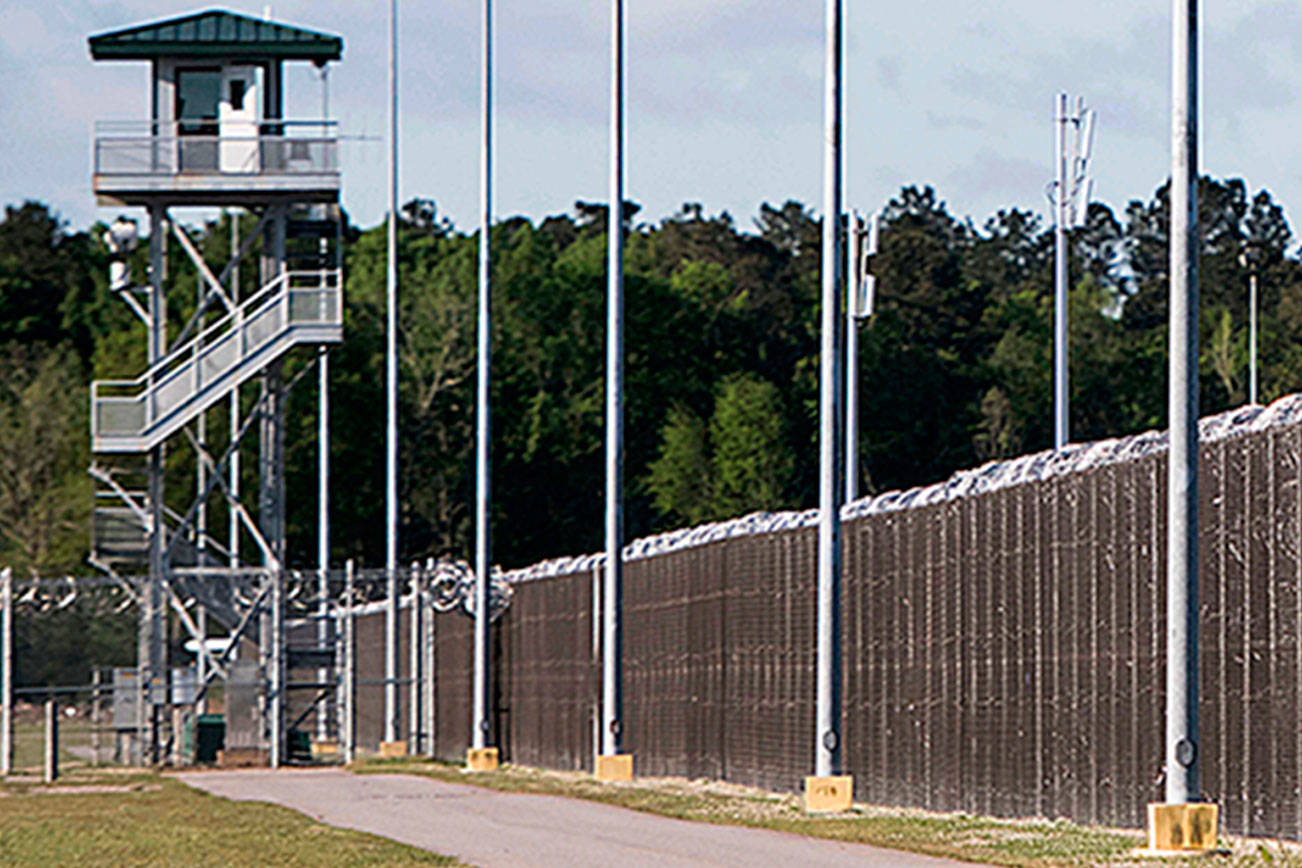Ottawa introduced legislation Tuesday to change the way inmates in federal correctional institutions are from the general prison population.
How does segregation in federal corrections facilities work now?
— Administrative segregation is done to maintain security in the event an inmate poses a risk to themselves or others if no other reasonable alternative is available. Inmates are to be released from administrative segregation at the earliest possible time, but no time limits have been set.
— Disciplinary segregation is used to punish prisoners for violating prison rules for a maximum of 30 days and can be imposed with or without restrictions on visits with family, friends and others.
— Inmates in segregation are restricted to two hours per day outside their cells and may not have any interactions with others. They also do not benefit from any programming or mental health supports.
What will change under Bill C-83?
— Prisoners determined to be at risk to themselves or others will be placed in new “structured intervention units.”
— In these new units, to be created in existing facilities, inmates will have access to rehabilitative programming, interventions and mental-health care.
— Inmates will be given at least four hours a day outside their cell and guaranteed at least two hours to interact with others.
— Prisoners in these units will be visited daily by a registered health care professional. They will also be provided with access to patient advocates.
— Considerations unique to Indigenous offenders are to be factored into all correctional decision-making.
The Canadian Press



